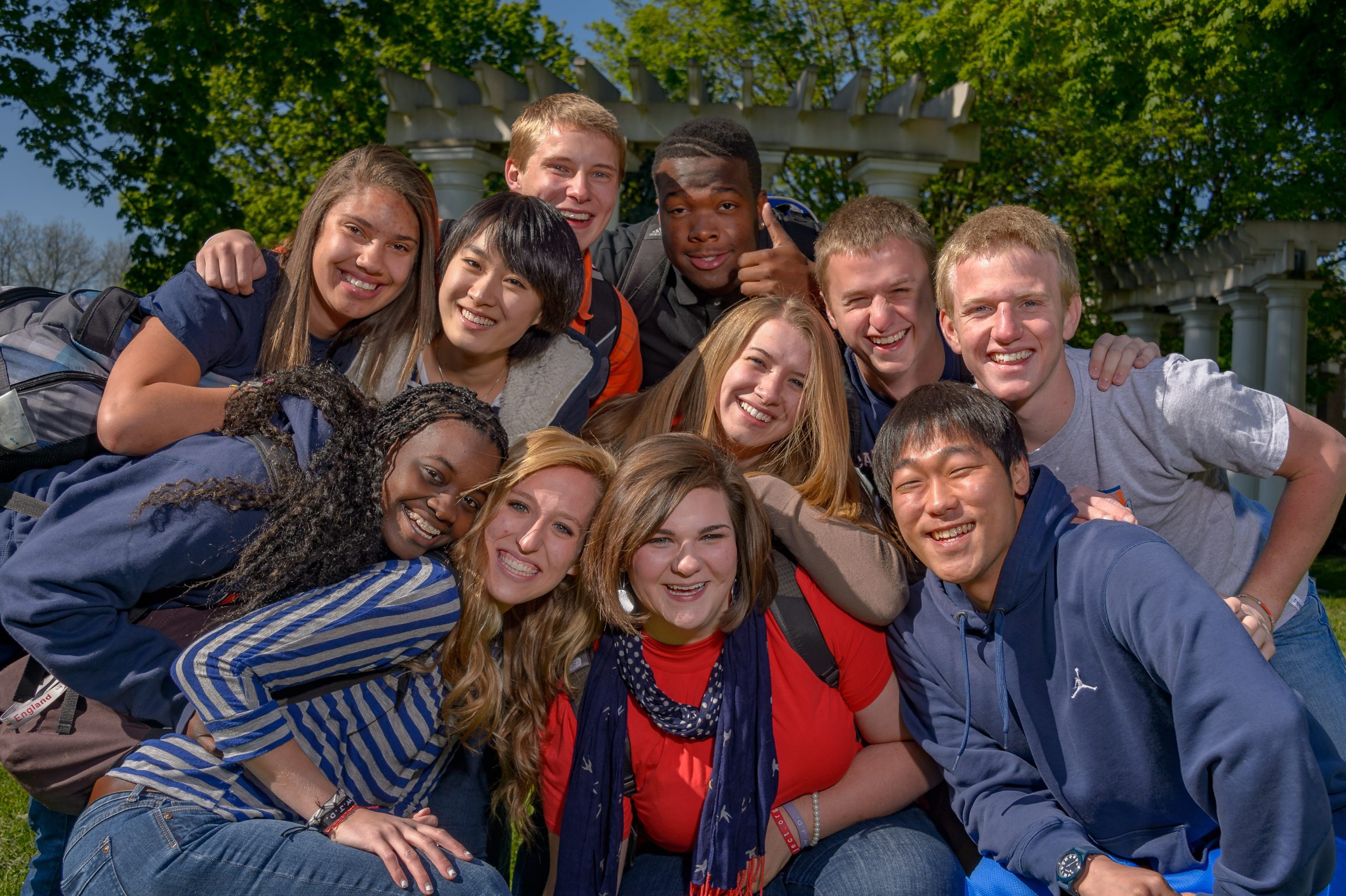I’m not asking if you shoot weddings, sports, or make snapshots of your family. These are one way to define a type of photography, but there is another way to describe your pictures.
If you have your subjects turn and look at the camera and say “cheese,” there is a good chance you enjoy making photos for mainly your personal use. You like taking pictures and putting these in photo albums so you can revisit these moments in time. I think everyone wants to make these types of images to record their family history. Earlier in my career, when I managed 1-hour photo labs, I saw some incredibly well-done photography that would fit into this category.
I had a few customers who did an excellent job of getting good expressions of their friends and family looking at the camera. The photos were not so tight of the people that you didn’t know where they were, but they would show their friends in front of the Eifel Tower where you could see the people close to the camera with the location in the background easily identifiable.
This type of photographer, snapshot or memory jogger photographer, is concerned with recording a moment in time and who was there.
Another style is abstract photography. The abstract would be an instrumental composition with no words to use music as an analogy. The viewer’s responses are usually wide-ranging.
Ansel Adams is one of the most prominent abstract photographers. His photos create a mood and tone rather than deliver a specific message.
Elliott Porter, another giant in the genera of abstract photography, gave a perfect example of portraying beauty or eliciting emotion with his photography rather than a photojournalist statement of fact. When asked (by a photo editor for a news magazine) what he would do if he came upon a stream polluted and covered with oil Porter said, “I could not help but show the beauty of it regardless of the tragedy.”
In some abstract photographs, the subject is recognizable, yet in others may be so bizarre there is no subject recognition at all—the common theme for these types of photographers is a striking image. But, again, a specific message is not the purpose.
Then there’s the communications photographer. Their goal is to deliver a clear message. Many techniques used by the abstract photographer are employed, but the message is the thing.
Some communication photographers are conceptual in approach. Their work is thematic. The theme may be as simple as illustrating an intangible, say hot or cold or “going green.” Their photos communicate an idea.
Most Americans saw photojournalism first in Life magazine. However, these photographers deliver a message beyond the message they are pursuing truth. They want to tell the subject’s story accurately to obtain a response from the viewer; to make those seeing the photos want to take action.
Between the conceptual photographer and the photojournalist are many breeds of photographers concerned with capturing a message and engaging the audience with it.
Some photographers can move quickly between these approaches. For example, one day, they may be covering a news event for a wire service (photojournalism), and the next day is shooting an annual report or recruiting guide for a college. They know how to adjust the approach so they are not violating the ethics of the professional photojournalist.
What do these styles have in common? The finest photographers shoot what they love most. This enjoyment usually means they have invested time into their subjects and know them well.
Understanding these approaches will help you identify the best photographer for your projects. Maybe you’re the best for the job. But, on the other hand, perhaps you need to hire someone to shoot the task for you.
Most clients look beyond a photographer’s ability with the camera. Can you trust this photographer to do the job on his own? They will be representing you. Do you need to be there directing this person?
If you have a message you need to communicate, you don’t need to have a snap-shooter or an abstract photographer – they can fill the “holes” where the pictures are to go, but that doesn’t express your message to your audience.
Be sure your photographer can communicate your message and be someone you can trust. It is easy to hire a known quantity. Unfortunately, it’s not so easy to find the one who will get the job done, but the search is worth the trouble.






